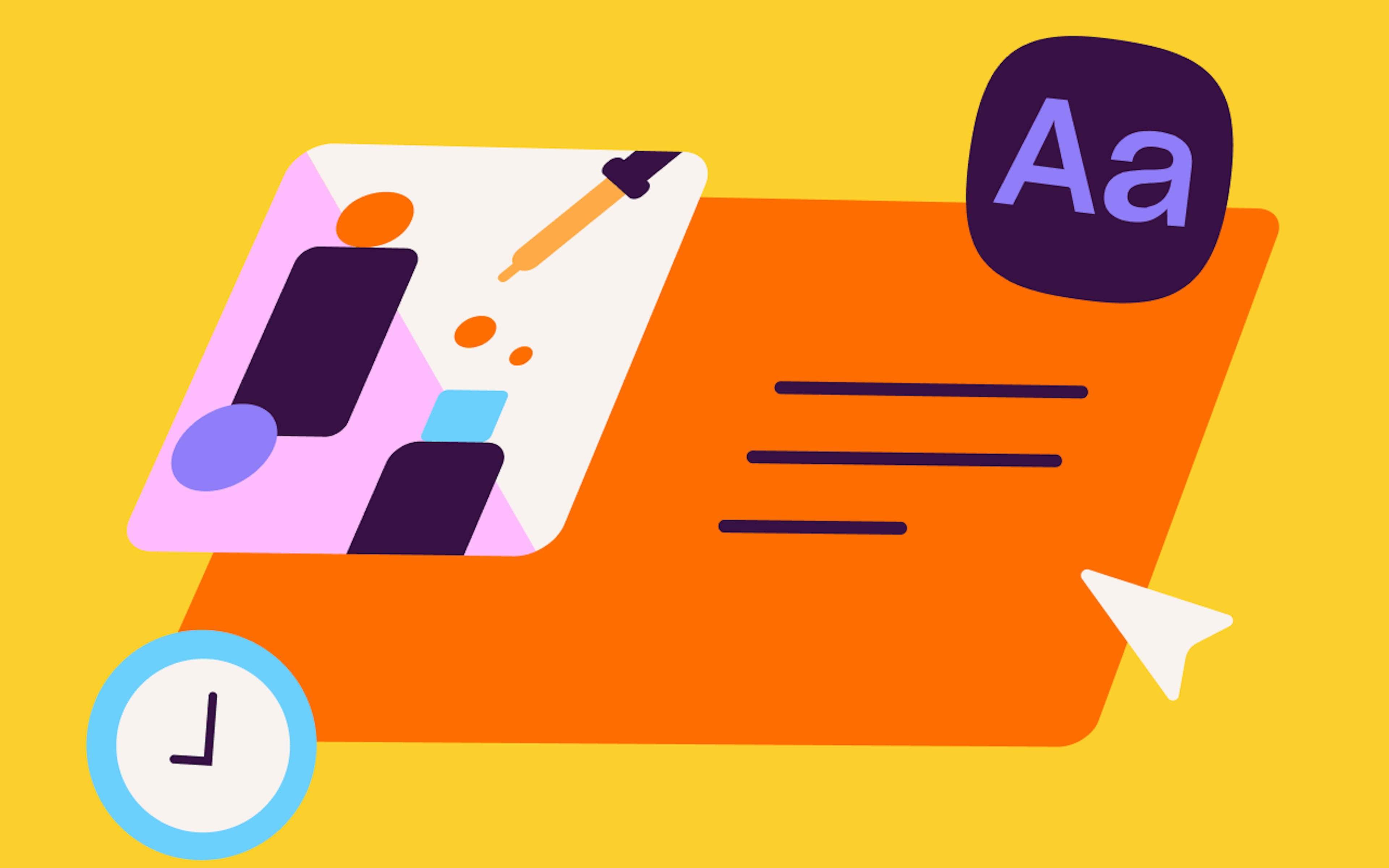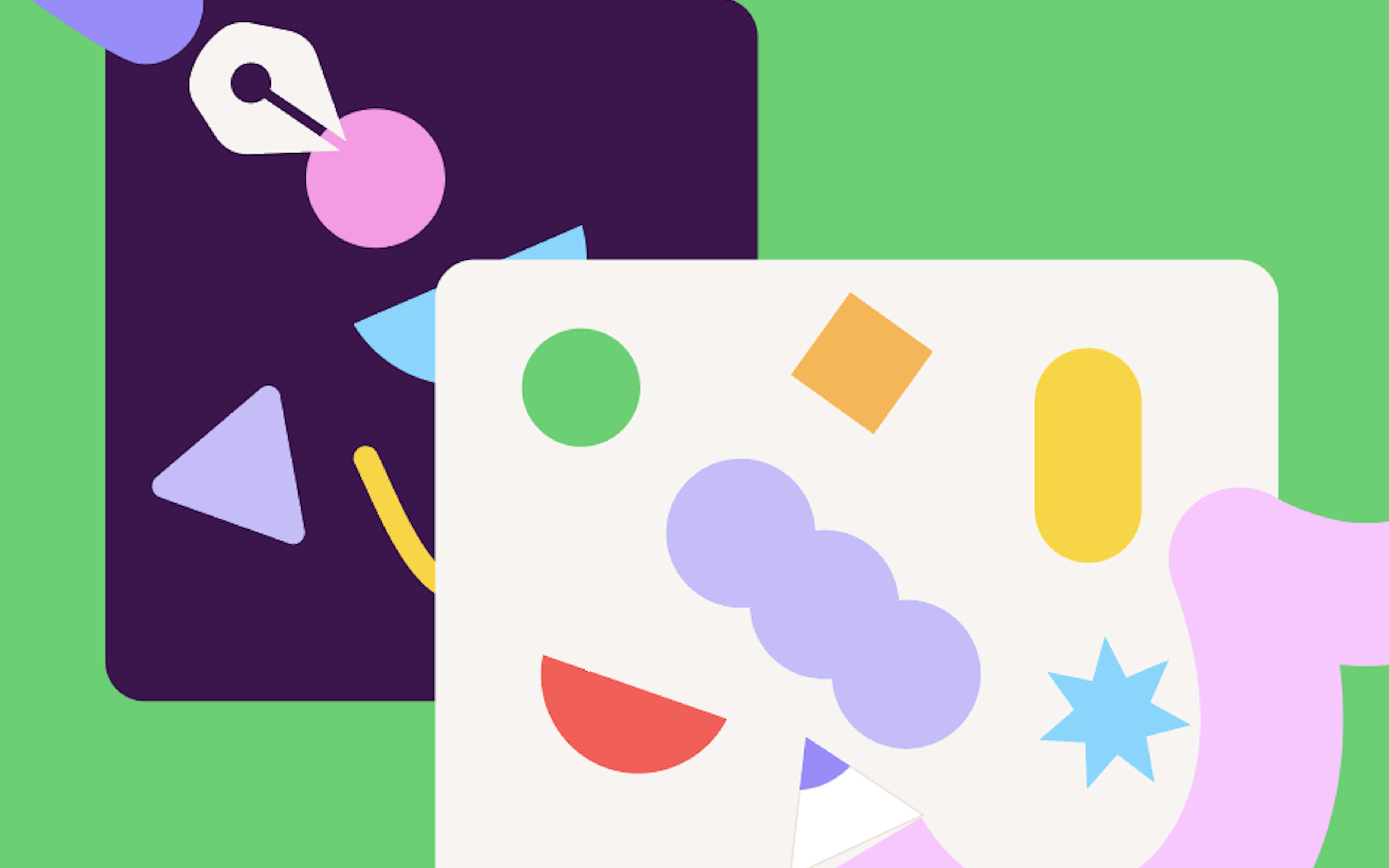How Much Does It Cost To Hire An Illustrator
And what you're really paying for...
Written byMichaela Brown
Updated onMay 27, 2025
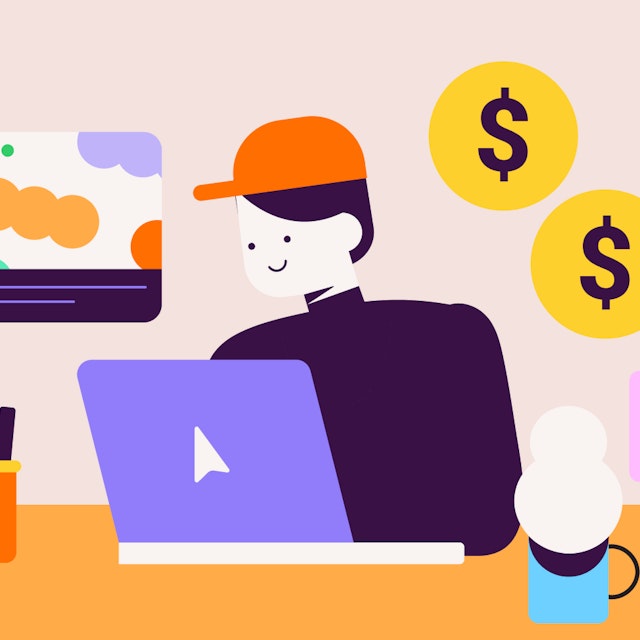
Quality illustrations make your product or brand stand out amongst others. Well-known brands like Google, Airbnb, and Slack, for example, all use fun illustrations on their loading screens and elements that would otherwise be a bit boring to look at. Quality graphics from illustrators will make your brand knowable and memorable.
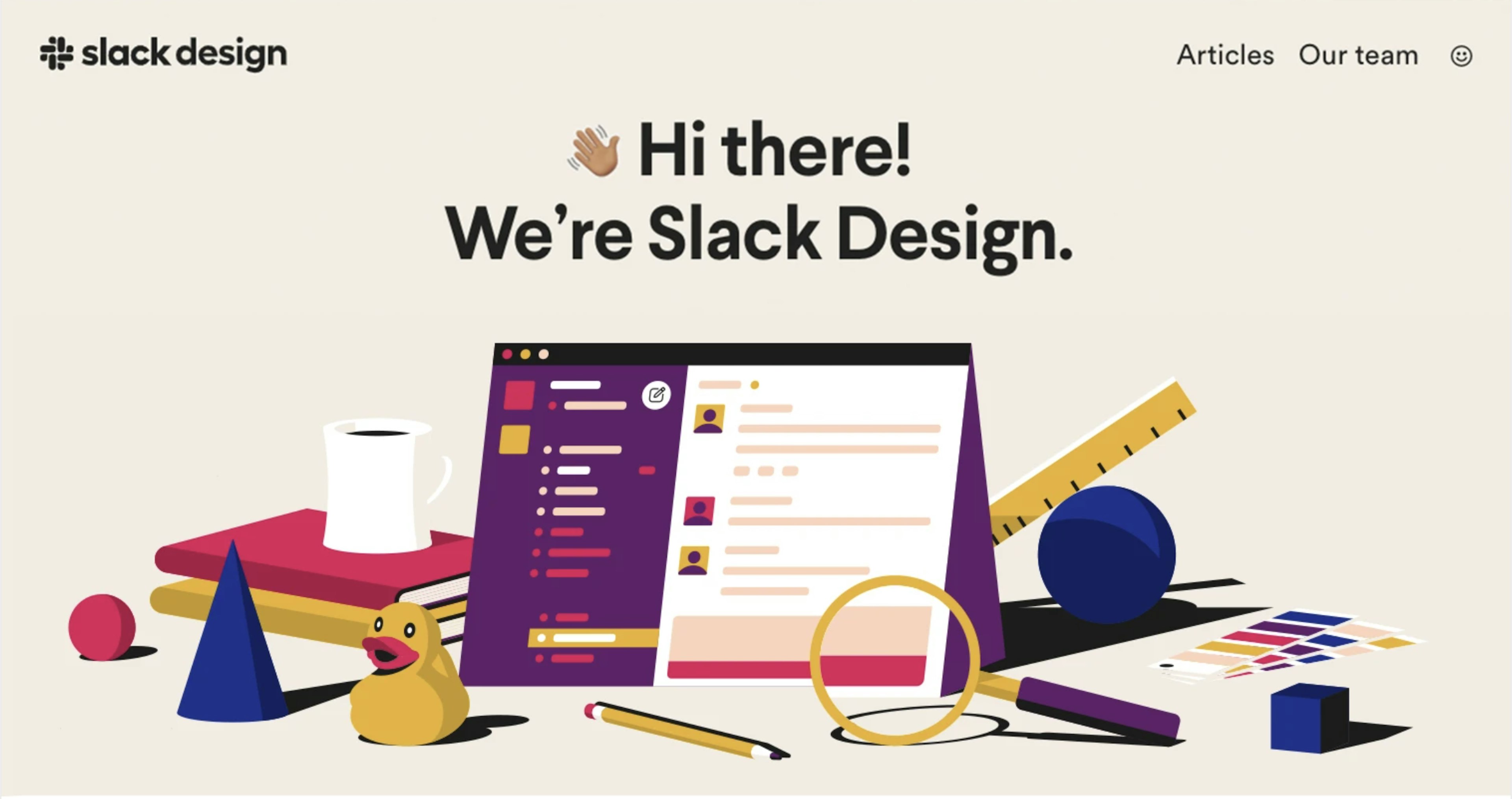
Image courtesy of Behance.
After all, you want customers to know they’re using your product or service. Hiring a talented illustrator to create branding, graphics, and logos is one way to do that.
Illustrators, however, can be surprisingly expensive. But you’re not just paying someone to draw a pretty picture. You’re paying for:
Original artwork
Distinct branding
Licensing
Consistency across media
Emotional impact on your customers.
Hiring a freelance or contract illustrator to design custom illustrations to make your brand stand out and inspire your customers to take action can run between $250 and $1500.
Depending on your industry, an entry-level in-house illustrator can cost upwards of $72,000 annually, while illustrators with 10+ years of experience can cost over $119,000 per year, according to Glassdoor.
With these costs adding up, you might wonder if you can use AI to create illustrations. You can, but you may not get the results you want. AI can be a great tool for illustrators. It can help speed up workflows and create graphics at scale, but AI is not a full replacement for custom work.
Let’s break down what you’re really paying for and where AI can keep costs down.
Key takeaways
Illustration costs are not just driven by drawing time—think licensing, ideation, and usage.
AI tools can reduce certain illustration costs, but they’re not a full replacement for bespoke work.
Knowing what affects cost helps you budget smarter and make tradeoffs confidently.
What drives illustration costs (and why they’re not arbitrary)
You’re not just paying for the art—you’re paying for the outcome
Good brand illustrations don’t just make your product or service memorable, they humanize your brand. Illustrations tell a story, create an emotional impact, and influence a call to action.
Research shows that eliciting an emotional response will spur people to take action. Take Burger King’s 2021 rebrand, for example. Illustrators used colors inspired by The Whopper to get people to crave a big, juicy burger. The fast food giant also adopted a retro theme to evoke feelings of nostalgia. The result? The rebrand received 1.1 billion impressions in its first five days, and Burger King’s stock rose by 7.8 percent.
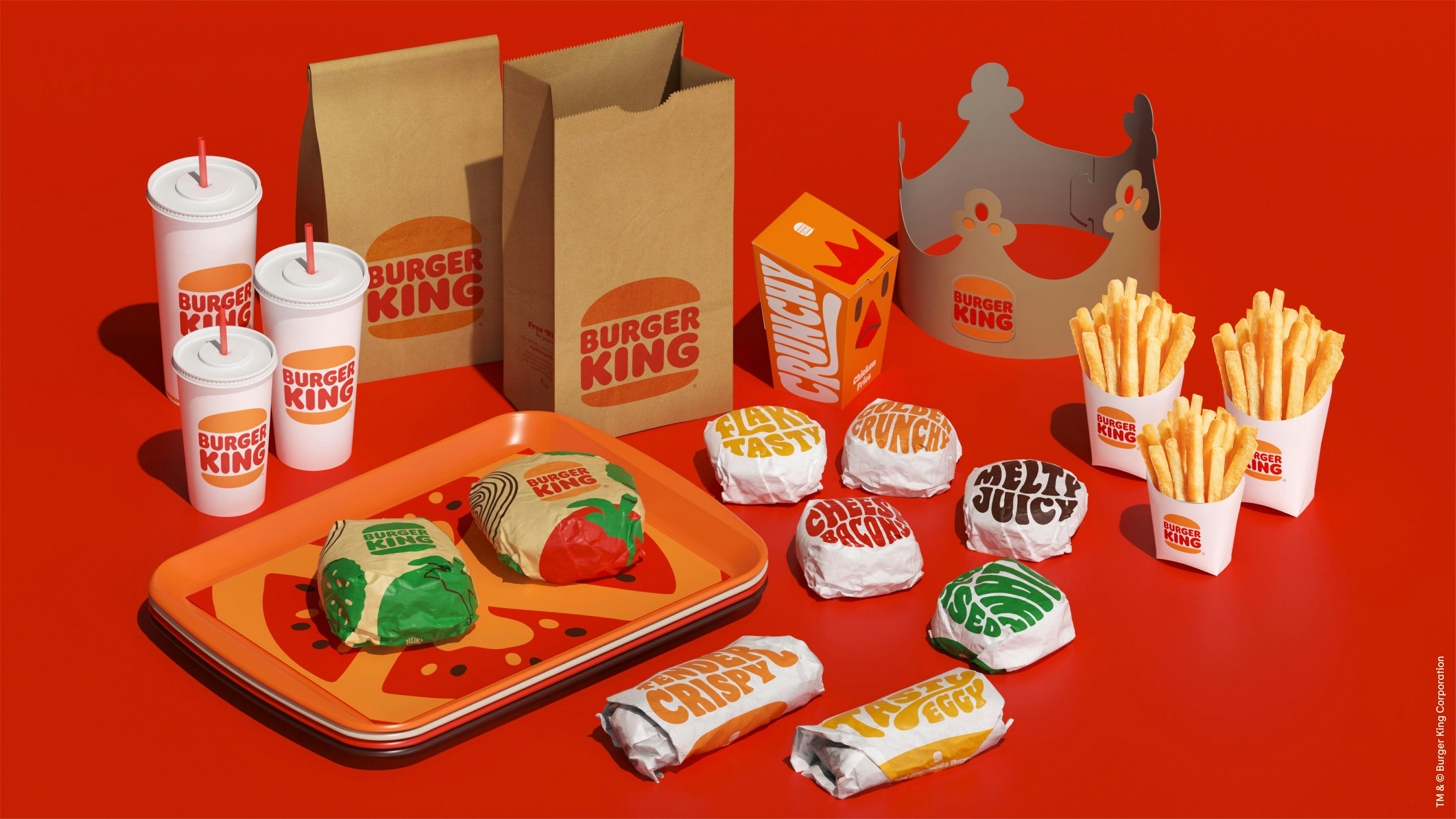
Image courtesy of Burger King.
Style consistency is necessary, but it takes effort
Style consistency will save you time in the long run for two reasons:
You’ll spend less time trying to get noticed. 59 percent of global shoppers prefer to purchase a new product from a brand they already know. Consistent branding makes it easy for your audience to recognize your brand and have you at the top of their minds when they’re ready to make a purchase.
You’ll streamline your workflows. Marketing projects at larger organizations take place across multiple teams. Creating one source of branding truth from a talented illustrator will keep everyone on the same page.
Creating a specific aesthetic, however, requires finesse and expertise. Especially when brands have to produce multiple assets and engage customers on numerous channels. Matching look and feel at multiple touchpoints requires expertise and careful attention to detail. Once your look and feel is established, AI can help you reduce costs by leveraging that branding at scale.
Breaking down a typical illustration scope
Creative direction and concepting
Before designing can even start, illustrators need time to ruminate on a concept and let their ideas go through many iterations. The thinking stage is often used as an illustrator’s time to do research and create moodboards. Some artists might gather work of artists that inspire them, or read up on the topic they’re illustrating.
During this time, illustrators will meet with stakeholders. These meetings will define the purpose of an illustration and keep everyone on the same page. Illustrators can also help nail down more practical details, like budget and timelines.
Depending on the size of your organization, stakeholder meetings can be time-consuming, but also necessary to keep the project moving in the right direction. In the next stage, illustrators may start with some rough sketches and concepts. Some artists even call this stage the ‘rough rough’. The goal of the rough rough is to produce a concept to work from.
Once concepting is done and the stakeholders agree, it’s time to produce.
Production time
Production time depends on the scope of work. Brand logos may take a few hours, while a brochure could take a week. Larger projects may take anywhere from 6-9 months.
No matter the amount of time an illustrator takes, the production process generally follows this model:
Refining: Adding things like fine details and deciding on the final composition.
Coloring: Bringing the illustration to life with a set color scheme and finalizing color hue and saturation.
Polishing: Making it perfect, adding even more small things to bring an illustration to life.
Revisions and communication
Now, an illustrator is ready to bring their work back to the larger team to determine changes that need to be made before the final illustration. Illustrators will have to accept feedback and sometimes defend their work.
When illustration costs go up
The aforementioned costs are in the typical best-case scenario. But what happens when illustrators run into tight deadlines, or are expected to produce high-visibility work? And what happens when a client wants to use a design more than once?
Speed, complexity, or both
Tight turnarounds and high-stakes deliverables come at a price. Work of this caliber means an illustrator will likely have to clear their schedule to meet those deadlines and demands. They may even turn down other jobs and work long hours.
Complex technical illustrations will have a higher price tag. Technical illustrations are meant to help people understand complex concepts and systems, so the work needs to be thorough but simple enough for people to learn from.
High-visibility placements
High-visibility = high-pressure. Illustrations that appear on covers, ads, and packaging are often the first thing a customer sees. Of course, clients and illustrators alike want it to be perfect. This high-pressure work will cost much more than low-visibility illustrations.
Multi-use or resale rights
Similar to high-visibility work, illustrations that have multiple uses or will be sold to consumers l come at a premium. In a nutshell, the more you want to do with the illustration, the more you will pay up front.
Illustrators charge according to usage over time. Rights to use an illustrator’s work will play a huge factor in the overall cost. A cover illustration for a magazine, for example, can cost four times as much as an illustration halfway through the magazine.
Licensing: the cost of usage rights
As creators, illustrators automatically own the copyright to their work. Clients have to pay an illustrator to use their work, and agree to the conditions under which the client will use it.
The total cost of usage rights will depend on these factors:
Print vs. digital | The right to use a digital illustration costs more because it can be used more than once. Print illustrations can only be used for a set amount of time, so they will cost less. |
Commercial vs. editorial | Licensing editorial content is generally cheaper because it’s used for profit. Commercial licenses are used to generate profit, so they come at a higher cost and may have more stringent usage rights. |
Global vs. regional
| High-visibility work always costs extra. Licensing a globally used illustration will be more expensive than a regionally used one. |
Royalty vs flat fee | Royalty fees may cost more in the long run, but not always. Royalties are determined by usage and sales. If an illustration is used frequently or to sell goods, it will cost more long term than if a client pays a flat fee up front. |
TLDR: The broader the use, the higher the cost.
Can AI lower your illustration costs?
We’ve established that good illustrations are not cheap, and for good reason. With all these costs involved, can AI help you get the most out of your illustration budget?
Yes—for some projects
Yes, AI is often cheaper than an illustrator, but the output is directly related to your input. Remember, while AI is a powerful tool, it is only capable of generating illustrations based on work humans have already created.
When it comes to illustrations, AI can be great for things like:
Iterating on ideas from a human illustrator
Creating fast mockups and internal visuals
Building on established brand frameworks
Resizing and creating consistent branding elements
Designing at speed and scale
No, for projects requiring originality, consistency, or control
Complex, original, and high-visibility work should be created by a human to start. AI can help refine and build from there, but it’s important to start with a brand vision first.
Copyright laws only protect human-produced illustrations. AI copyright is tricky, but AI-produced illustrations can wind up in the public domain. This can put your brand at risk by opening up opportunities for others to use your images.
Brand visuals and highly detailed work will also require illustrators. AI lacks the human understanding required to create compelling, finely detailed visuals, but it is a great partner to use when refining and iterating on the initial concept.
Hybrid workflows are the sweet spot
At the right time in your process, AI is an excellent tool. Employing a hybrid workflow will hit the sweet spot between saving money and creating quality illustrations.
Here’s what a hybrid workflow could look like:
AI creates a quick mockup and design ideas based on stakeholder specifications
An illustrator creates a source sketch based on mockups
AI creates different variations to present to stakeholders
An illustrator refines and polishes an illustration
AI scales images and resizes them for use in multiple assets
Think of your AI tools as partners in the process. By moving seamlessly between AI and humans, you are able to create a high-quality, brand-specific set of assets at scale.
How to get the most from your illustration budget
You can do a few things to stretch your illustrator budget without sacrificing quality.
Be clear about the scope and use
Setting expectations early and getting clarity before illustrating will save everyone time and money.
Illustrator Jarom Vogel wrote on spotify.design that up front conversations save him a lot of time:
“I find that it’s very helpful to actually talk to the art director on the phone before starting a project if I can. The better my communication up front, the less time I waste drawing snakes holding swords when the art director was hoping for a cow.”
Having a conversation before starting work will make everyone’s life easier and the process run smoother. The more clarity an illustrator has up front, the fewer revisions they will have to do on the backend.
Consider an AI-assisted workflow
Let AI help you, but don’t let it do the job for you. Hire an illustrator to create a highly detailed, original piece of art. Then use AI to repurpose the asset for different platforms and build at scale.
Illustration is an art, an investment, and an opportunity to create scale
Illustration isn’t expensive because it’s “just drawing.” It’s expensive because it’s high-leverage creative work. And while AI can help reduce costs at some stages, it doesn’t replace the strategic thinking, brand alignment, or storytelling that great illustrators bring to the table.
Want to explore a hybrid AI + human workflow for your next design project? We’ll show you how. Sign up to be added to the waitlist for exciting updates.

